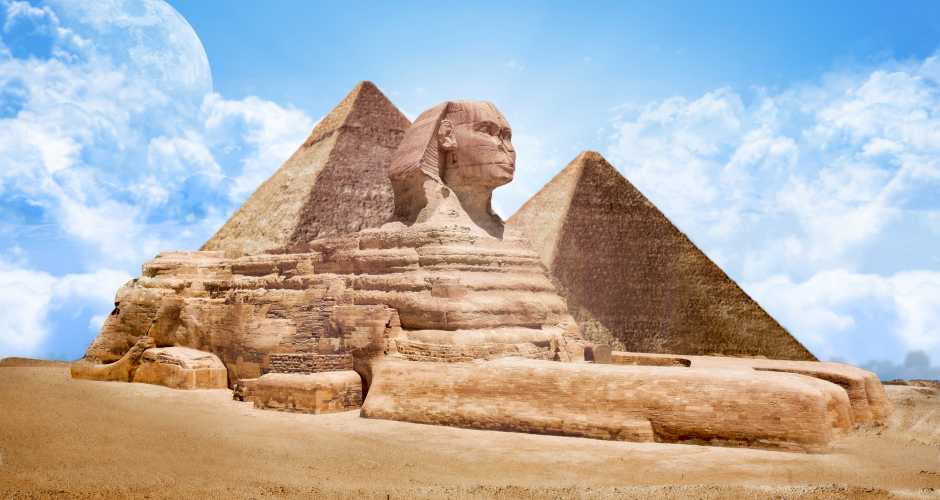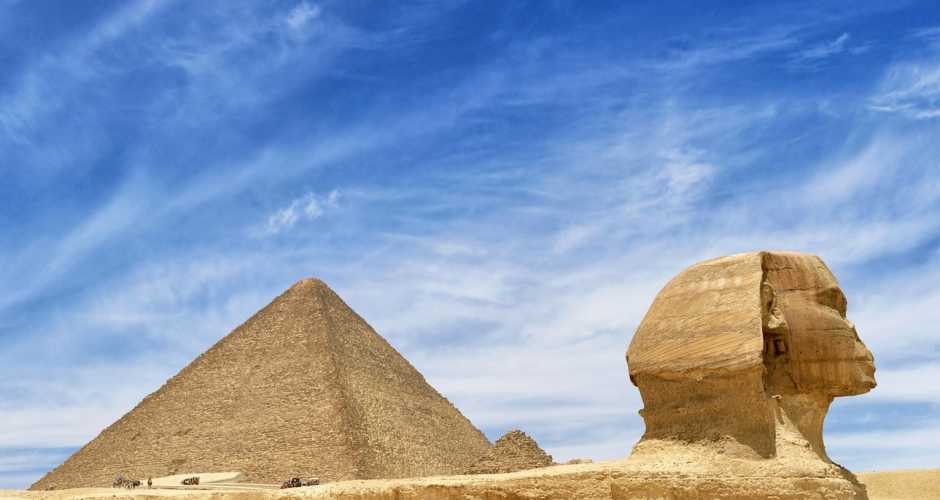- Home
-
Day tours
- Day tours
-
Marsa alam tours
-
Hurghada tours
-
El Quseir Tours
-
Makadi bay
-
Cairo Tours
- Cairo Tours
- Top Things in Cairo
- Siwa tours from Cairo
- Cairo Culture Tours
- Alexandria trips from Cairo
- Nile Cruises From Cairo
- Night Dinner Cruises in Cairo
- Sound and Light show Excursion
- Fayoum trips from Cairo
- Luxor Tours From Cairo
- white desert trips from Cairo
- Al Minya tours from Cairo
- Cairo Travel Packages
- Cairo Desert and Safari tours
- Aswan tours From Cairo
- Cairo Taxi Transfers
-
Luxor Tours
-
Portghalib tours
-
Sharm el Sheikh
-
El Gouna Tours
-
Aswan Tours
-
Sahl Hasheesh Tours
-
Soma Bay tours
- Safaga Tours
-
Airport Transfer
-
Tour Packages
- Tour Packages
-
Egypt Travel Packages
- Egypt Travel Packages
- Egypt Itinerary 4 Days
- Egypt Itinerary 5 Days
- Egypt Itinerary 6 Days
- Egypt itineraries 7 Days
- Egypt itineraries 8 Days
- Egypt Itinerary 9 Days
- Egypt Itineraries 10 Days
- Egypt Itinerary 11 Days
- Egypt Itineraries 12 Days
- Egypt Itineraries 13 Days
- Egypt Itineraries 14 Days
- Egypt Itineraries 15 Days
- Egypt Itineraries 16 Days
- Egypt Itineraries 17 Days
- Egypt Itineraries 18 Days
- Egypt Itineraries 19 Days
- Egypt Itineraries 20 Days
- Egypt Itineraries 21 Days
- Top Egypt Vacation Packages
- Egypt Cruises Packages
- Egypt Christmas Holidays
- Hurghada Holiday Packages
- Marsa Alam holidays packages
- Marsa Alam tour Packages
- Egypt Walking Holidays
-
Shore Excursions
- Egypt Nile Cruises
-
Egypt Attractions
- Egypt Attractions
-
Top Attractions In Luxor
-
Top attractions in Bahariya
-
Top Attractions In Fayoum
-
Top Attractions In Siwa
-
Top attractions in Sakkara
-
Top Attractions In Giza
-
Top Attractions In Aswan
-
Top Attractions In Alexandria
-
Top Attractions In Cairo
-
Attractions in Damietta
-
Top Attractions In Hurghada
-
Top Attractions in El Quseir
- Top attractions in Marsa Alam
- Top attractions in Al Minya
- Top attractions in El Gouna
- Top attractions in Sharm
- Contact us
-
Egypt Travel Guide
- Egypt Travel Guide
- Egypt tours Faq
- Egypt Itinerary 7 Days
- Best Tours in Marsa Alam
- Egypt Itinerary 8 Days
- Travel to siwa from Cairo
- Plan your trip to Egypt
- Is Egypt Safe to Visit
- Egypt Itinerary Planner
- The Best Winter Destinations
- Egypt Tour Packages guide
- The best Nile Cruises in Egypt
- Tips For visiting the Pyramid
- Foods You Need to Eat In Egypt
- The 10 Best Marsa Alam Tours
- Payment Policy
- White desert Tour packages
The Sphinx
The Great Sphinx of Giza is a giant 4,500-year-old limestone statue situated near the Great Pyramid in Giza, Egypt. Measuring 240 feet (73 meters) long and 66 feet (20 meters) high, the Great Sphinx is one of the world’s largest monuments. It is also one of the most recognizable relics of the ancient Egyptians, though the origins and history of the colossal structure are still debated.

The Great Sphinx of Giza
The most famous Sphinx is the Great Sphinx of Giza. It is one of the largest and oldest statues in the world. Archeologists believe that it was carved around 2500 BC and that the head is meant to be the likeness of the Pharaoh Khafra. The Great Sphinx faces the sunrise and guards the pyramid tombs of Giza.

How big is it?
The Great Sphinx is huge! It is 241 feet long, 20 feet wide, and 66 feet high. The eyes on the face are 6 feet tall, the ears over three feet tall, and the nose would have been nearly 5 feet long before it was knocked off. It is carved out of the bedrock in a trench at the Giza
site.
How did it originally look?
Over the past 4500 years weather and erosion have taken their toll on the Great Sphinx. It is really amazing that so much of it is left for us to see. The original Sphinx would have looked a lot different. It had a long braided beard and a nose. It also was painted in bright colors. Archeologists think that the face and body were painted red, the beard was blue, and much of the headdress was yellow. That would have been an amazing site!

What happened to its nose?
No one is entirely sure exactly how the nose got knocked off. There are stories that Napoleon's men accidentally knocked off the nose, but that theory has proven untrue as pictures have been found without the nose prior to Napoleon's arrival. Other stories have the nose getting shot off in target practice by Turkish soldiers. Many people now believe that the nose was chiseled off by someone who considered the Sphinx evil.
Legend of the Sphinx
After the Sphinx was built, over the course of the next 1000 years it fell into disrepair. The entire body was covered in sand and only the head could be seen. Legend has it that a young prince named Thutmose fell asleep near the head of the Sphinx. He had a dream where he was told that if he restored the Sphinx he would become Pharaoh of Egypt. Thutmose restored the Sphinx and later became Pharaoh of Egypt.

Facts About The Sphinx
-
The Great Sphinx of Giza is an immense stone sculpture of a creature with the body of a lion and the head of a human.
-
The greatest monumental sculpture in the ancient world, it is carved out of a single ridge of limestone 240 feet (73 meters) long and 66 feet (20 meters) high.
- The Sphinx sits in a shallow depression to the south of the pyramid of the Pharaoh Khafre (also known as Chephren) at the west bank of the Nile River near the city of Cairo.
- The rock stratum out of which the Sphinx has been made varies from a soft yellowish to a hard grey limestone. The massive body is made of the softer stone, which is easily eroded, while the head is formed of the harder stone.
- To form the lower body of the Sphinx, enormous blocks of stone were quarried from the base rock and these blocks were then used in the core masonry of the temples directly in front and to the south of the Sphinx.
- Despite the hard quality of the stone of the head, the face is badly damaged, and not only by natural erosion. The nose is missing altogether and the eyes and the areas around them are seriously altered from their original state.
- Some scholars believe that the Great Sphinx originally had a beard. Pieces of this beard discovered by excavation are in the British Museum in London and the Cairo Museum. These pieces, however, may be dated to the New Kingdom times of
1570-1070 BCE. - The Sphinx is part of a complex of structures that also contains the Sphinx temple. This temple, like the Great Pyramid and the Oseiron temple at Abydos in Southern Egypt, may also date from Pre-dynastic times.
- Napoleon's artillerymen have been blamed for using the face of the Sphinx for target practice.
